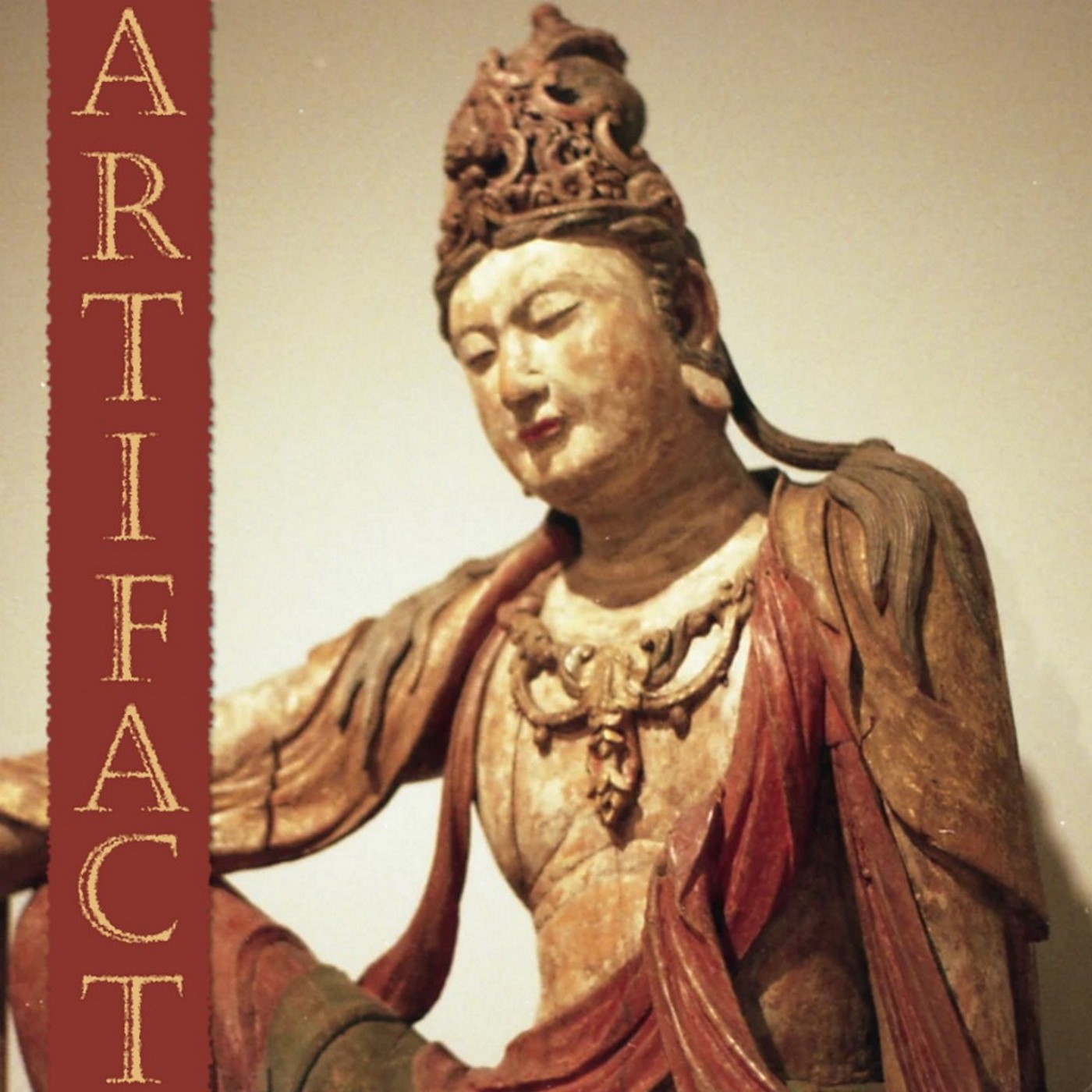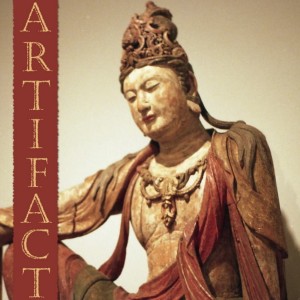
9.1K
Downloads
64
Episodes
The ArtiFact Podcast is a long-form show on books, culture, painting, and music hosted by Alex Sheremet, Joel Parrish, and a revolving door of co-hosts and guests. Each subject is covered in depth and at length, with past shows featuring the Epic of Gilgamesh, Charles Johnson's "Oxherding Tale", Leonard Shlain’s "Art & Physics", John Williams's "Stoner", and more. Opinionated, controversial, and prone to making enemies and friends of friends and enemies, ArtiFact delivers new perspectives on the arts by artists of talent.
Episodes

Sunday May 15, 2022
ArtiFact #27: Thomas Pynchon vs. Kurt Vonnegut | Joel Parrish, Alex Sheremet
Sunday May 15, 2022
Sunday May 15, 2022
Published just a few years after Kurt Vonnegut’s “Slaughterhouse-Five”, Thomas Pynchon’s “Gravity’s Rainbow” uses many of Vonnegut’s postmodern literary techniques: serpentine plots, anchoring phrases/themes, implicit and explicit political commentary without over-moralizing, humor (or attempts at humor), pastiche, and more. Yet the two books are wildly different in accomplishment. What accounts for such differences? How can we differentiate good from bad artistry in works of similar aesthetic predilections? In this video, Alex Sheremet and Joel Parrish debate the merits and de-merits of these two novels while focusing on characterization, sentence construction, insight, social commentary, the use of epigraphs, anchors, and fulcrums, while keeping the big picture in mind.
This conversation can also be watched on our YouTube channel: https://www.youtube.com/watch?v=DN2QvbzqgD8
Subscribe to the ArtiFact podcast on Spotify: https://spoti.fi/3xw2M4D
Apple Podcasts: https://apple.co/3wLpqEV
Google Podcasts: https://bit.ly/3dSQXxJ
Amazon Music: https://amzn.to/2SVJIxB
Podbean: https://bit.ly/3yzLuUo
iHeartRadio: https://ihr.fm/3AK942L
Timestamps:
0:24 – the Thomas Pynchon / Kurt Vonnegut connection; Gravity’s Rainbow as a narcoleptic; how Joel’s reading of a Thomas Pynchon debunk make him better understand the arts; using Post-Modern aesthetics for good & ill; comparing the first ~200 pages of Gravity’s Rainbow, Slaughterhouse-Five
12:50 – dissecting the Thomas Pynchon fanboy; good ideas vs. proper execution of those ideas; epigraphs in Gravity’s Rainbow, reading through the first sections and its clichés, various artistic failings; why the text is the equivalent of a Hollywood action film for those to “cool” and “smart” for such; how Pynchon goes from solid paragraphs to total formlessness; when writers try to overwhelm the senses, get cutesy for the sake of cutesy, & flail; Captain Beefheart vs. Thomas Pynchon, music vs. the written word
55:24 – dissecting the epigraph & opening chapter in Kurt Vonnegut’s Slaughterhouse-Five; why Vonnegut’s opening is so much more dense than Pynchon’s, despite being more elegant & having less “stuff”; setting up phrases, words, ideas as pivot points & fulcrums; characters in Gravity’s Rainbow (~700 of them) vs. those in Slaughterhouse-Five; how Kurt Vonnegut ‘gets at’ war with no grisly imagery & pure metaphor; why Kurt Vonnegut continues to be ahead of his time artistically & in terms of his observations
01:40:09 – what is the purpose of the ‘Adenoid scene’ in Gravity’s Rainbow?; Thomas Pynchon systematically ignores the need for wit in such over-the-top scenes; later references to the Adenoid as word & fulcrum are empty, vs. Kurt Vonnegut’s treatment of similarly memorable phrasings
01:56:33 – Joel on later sections of Gravity’s Rainbow & why they are (marginally) superior; how the text presaged a balkanization of the arts into niche for self-indulgence & self-titillation; some better passages in the text; Section 9 & the (pointless) harping on the V2’s Poisson distribution as having an obscure salience
02:14:50 – Thomas Pynchon’s vs. Kurt Vonnegut’s treatment of race; why Kurt Vonnegut’s comments on racial riots are still ahead of their time
02:23:32 – the great “war in reverse” scene in Slaughterhouse-Five; why it works in terms of pure writing & character development; analyzing Billy Pilgrim as a non-heroic character & why Kurt Vonnegut made his choices; the role of luck & happenstance in the text & beyond
02:39:05 – Kurt Vonnegut’s treatment of free will vs. determinism; art theory in Slaughterhouse-Five; a few miscellaneous scenes
02:54:30 – some terrible sex scenes in Gravity’s Rainbow; why Thomas Pynchon had the right idea for the book’s ending to simply focus the movement of a V2 rocket, as opposed to moralizing about war; final thoughts on the text, why Thomas Pynchon / Gravity’s Rainbow was “meant to happen”, whereas writers such as Herman Melville were historical & cultural flukes; final thoughts on Kurt Vonnegut
Video thumbnail © Joel Parrish
Joel’s website: https://poeticimport.com
Read the latest from the automachination universe: https://automachination.com
Read Alex’s (archived) essays: https://alexsheremet.com
Dan Schneider’s review of Gravity’s Rainbow: http://www.cosmoetica.com/B1277-DES88...
Tags: #ThomasPynchon, #KurtVonnegut, #SlaughterhouseFive, #GravitysRainbow, #Postmodernism, #ArtiFactPodcast

No comments yet. Be the first to say something!